Governor of the National Bank of Romania (BNR), Mugur Isarescu, says there are no reasons to further cut the key interest rate and states that the central bank is ready to ensure the flexibility of the inflation target.
"Looking forward, the Romanian authorities will continue to maintain appropriate support measures. However on the fiscal front we do see merit to start the consolidation. On the monetary front, we do not see any reason to further reduce the monetary policy rate and we are ready to ensure the flexibility of our inflation targets having in mind the pretty elevated debt levels. With respect to the exchange rate, we stand ready to ensure more flexibility having in mind its role as anchor of social trust in the case of Romania," central bank governor Mugur Isarescu said in the address delivered at the IMF conference Regional Economic Outlook for Europe, agerpres.ro confirms.
The BNR reduced the key interest rate from 2.5 pct per annum in March last year to 1.25 pct per annum at present.
Referring to the measures adopted by the government of Romania and the National Bank in the context of the Covid pandemic, Mugur Isarescu said that the authorities have taken decisive and efficient action, using a mix of fiscal, monetary, macro and micro-prudential measures and that taken together, the monetary and fiscal policy actions have prevented a worse outcome of the pandemic. Romania had some of the mildest output losses in Europe in 2020 (-3.9 percent) and is expected to see one of most vigorous rebounds in 2021, of 6 percent respectively, according to the latest IMF forecast.
According to the BNR governor, the measures implemented by the Romanian authorities were taken having in mind the specifics of the economy at the beginning of the health crisis. Since 2016, economic growth has been mainly driven by the wage increase and rapid rise in consumption, as fiscal and external imbalances have widened, and the annual inflation rate remained around 4 percent - the highest among peer countries in the EU. Against this background, the crisis had an initial forceful impact, deepening existing unbalances, along with heightening the temporary pressure on the supply side, particularly of food products, the depreciation of the national currency and rising liquidity needs.
"Therefore, the authorities have taken fiscal measures looking carefully at the existing fiscal space. On the same frontline, the central bank has halved the policy rate and purchased adequate amounts of government bonds on the secondary market, without neglecting the inflation target and the relative stability of the exchange rate. As the monetary measures taken were the right ones, the interest rates are now at historical low levels and there was no need to flood the market with liquidity," Mugur Isarescu said.
In its regional report for Europe released on Wednesday, the IMF forecasts that Europe will grow by 4.5 percent this year, by 0.2 percentage points less than in October last year. For 2022, the IMF expects Europe to grow by 3.9 percent and warns that the European GDP growth rate will not return to pre-pandemic levels unless the vaccines are widely available in summer 2021 and over the entire period of 2022.

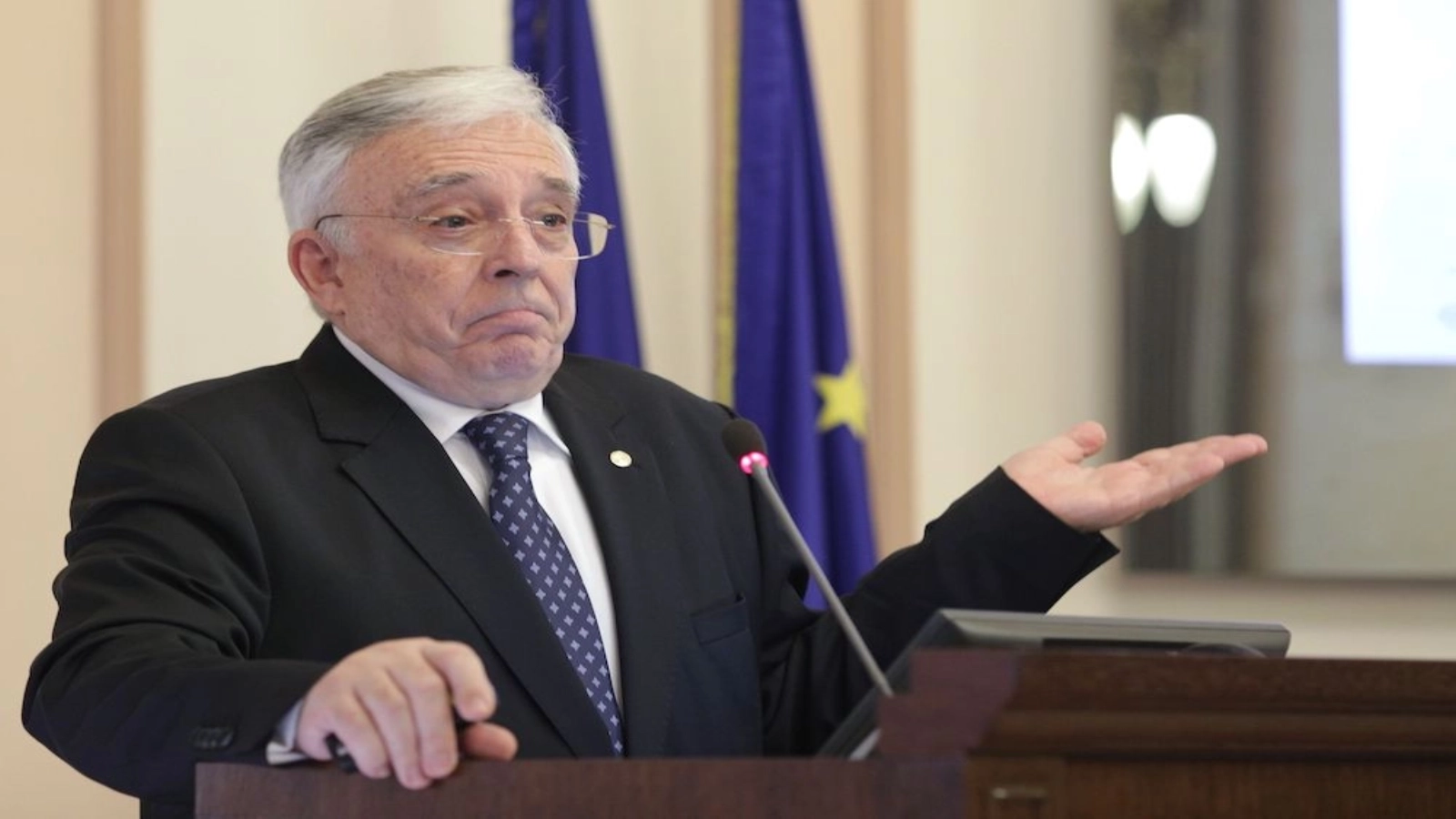



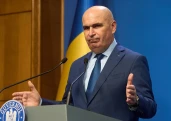
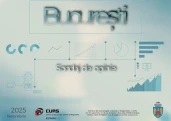




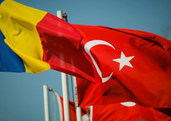
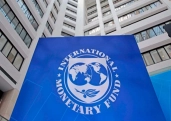
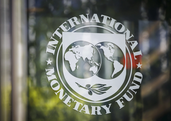
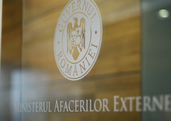


















Comentează